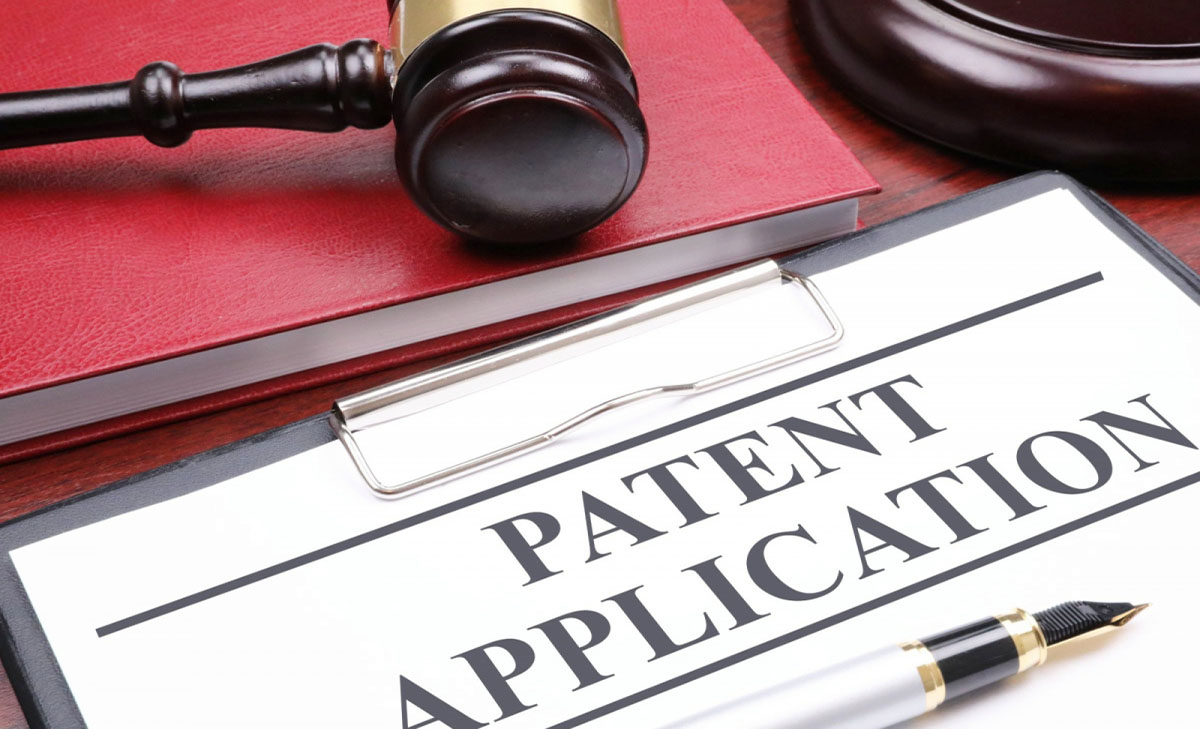What Are the Key Conditions for Patent Protection?
Securing a patent isn’t just about having a great idea—it requires meeting specific legal standards. While the details vary by country, most jurisdictions agree on five fundamental conditions for patentability. Understanding these can significantly increase your chances of obtaining patent rights.
1. Novelty (Newness)
Your invention must be new—it cannot have been publicly disclosed before the filing or priority date.
What counts as prior art?
Anything publicly available before you file: patents, academic papers, websites, products, even presentations.
Why it matters:
If a single piece of prior art already discloses your invention, it fails the novelty test. A comprehensive prior art search is crucial.
2. Inventive Step (Non-obviousness)
The invention must not be obvious to a person with ordinary skill in the relevant technical field.
How it’s judged:
If the invention is a predictable combination of known technologies, it may be rejected. But if it shows unexpected results or solves a technical problem in a novel way, it’s more likely to qualify.
Example:
Combining two known materials is obvious—unless the result produces a surprising new effect or function.
3. Industrial Applicability (Utility)
Your invention must have a practical use in an industry—be it manufacturing, agriculture, healthcare, or others.
What it means:
Abstract theories won’t qualify. The invention must be capable of being made or used in some kind of industry.
Example:
A biodegradable packaging material that addresses environmental concerns demonstrates clear utility.
4. Patentable Subject Matter
Not everything can be patented. Most countries exclude certain categories.
Common exclusions:
- Scientific theories and mathematical methods
- Artistic works and aesthetic creations
- Naturally occurring substances (though modified applications may be patentable)
- Medical treatment methods (though medical devices or drugs may be patentable)
- Software (patentable only if it causes a technical effect, depending on the jurisdiction)
5. Sufficiency of Disclosure
The application must clearly explain the invention so others skilled in the field can understand and reproduce it.
Key components:
- Detailed description of how it works
- Best mode for implementing it (required in some jurisdictions)
- Claims that define the scope of protection
Poor disclosure can lead to rejection or invalidate an otherwise patentable invention.
Conclusion
Understanding these five conditions—novelty, inventive step, industrial applicability, patentable subject matter, and sufficiency of disclosure—is essential for anyone seeking patent protection. Meticulous preparation and, ideally, support from a qualified patent attorney can make a critical difference in securing and defending your intellectual property rights.


Need Legal Advice on Intellectual Property?
Our team of experienced IP attorneys is ready to assist you with patents, trademarks, industrial designs, and other legal matters related to intellectual property.
Contact Us Now